In Search of Ambergris, a Highly Prized Slurry of Squid Beaks and Whale Feces
Also known as the secret ingredient in Chanel No. 5.
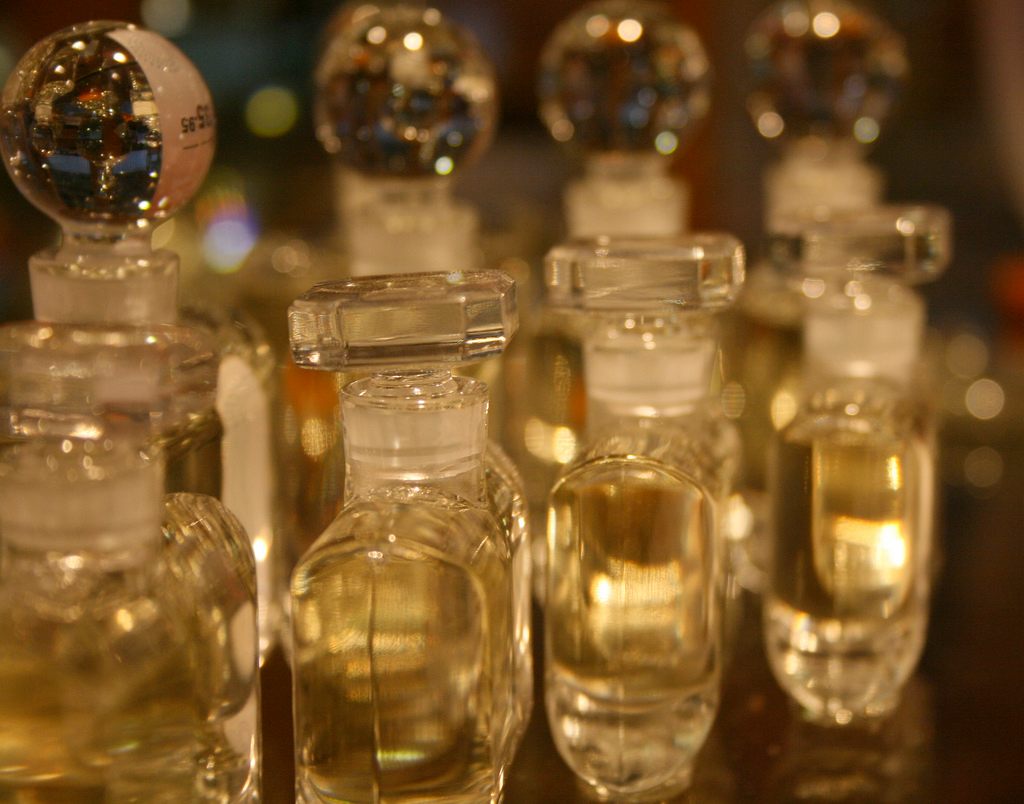
Ambergris is a classic component of perfume. (Photo: vagawi/CC BY 2.0)

For well over a thousand years, ambergris, a key component in classic perfumery, has been called such things as the “universal cordial,” “the dearest and most valuable commodity in France,” and “the odor of sanctity.” It is highly prized, and highly priced—the current going rate for ambergris is around $10,000 per pound.
But ambergris is so much more than just the complex scent of “new-mown hay, the damp woodsy fragrance of a fern-copse, and the faintest possible perfume of the violet,” as it was described by the New York Times in 1895. For a long time it was one of the world’s most intoxicating mysteries. For centuries, no one even knew where this rare waxy substance, which washed up on the shores of the world in misshapen grey-amber clumps, came from.
We do not know who first began using ambergris, but some of the earliest references to it date all the way back to 700 AD. Arabians used specially trained camels to search for it. The Ming Dynasty imported it from Sri Lanka and Africa, along with gems and spices. In the early 15th century, Henry V carried it in a golden ball at Agincourt. Nostradamus and many others believed it increased male potency. Casanova added it to chocolate mousse. Some courtiers thought Charles II of England was poisoned by his favorite meal of eggs and ambergris, while Marie Antoinette commissioned legendary perfumes which ambergris made magical.
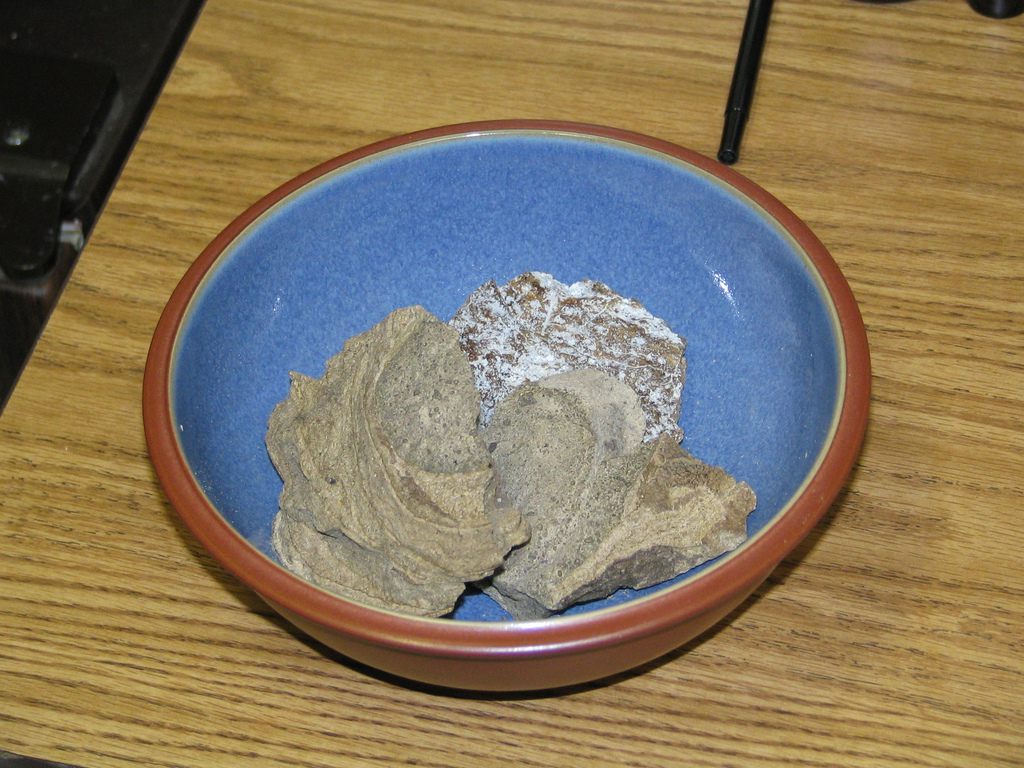
Ambergris - good for scent, less attractive to look at. (Photo: Peter Kaminski/CC BY 2.0)
As for its mysterious origin, the Chinese thought ambergris was dragon spit that had fallen into the ocean and hardened. Some people believed it was yellow amber, seabird poop, or marine fungus. An Englishman affirmed that it was “nothing but honeycombs that bees make upon the large rocks, which are on the seaside of the Indies, which heated by the sun, loosen and fall into the sea.”
The mystery of its origin made ambergris all the more popular. It was not until 1724 that Boston physician Zabdiel Boylston finally uncovered the truth. In a paper published in the scientific journal Philosophical Transactions, he reported that ambergris came from the bowels of the sperm whale. He claimed that the discovery had been made four years earlier, when Nantucket whalers had cut out 25 pounds of the substance from a recently killed whale.
According to Christopher Kemp, author of Floating Gold: A Natural (and Unnatural) History of Ambergris, ambergris is formed when the indigestible remnants of the sperm whale’s favorite meal—squid-meets up with a malfunctioning, leaky sphincter between the last of the whale’s four stomachs and its intestine:
Curved like a parrot’s beak, the squids’ [indigestible] beaks pass from the stomach, chafing and irritating the delicate intestinal lining on the way. As a growing mass, they are pushed farther along the intestines and become a tangled indigestible solid, saturated with feces, which begins to obstruct the rectum. It also acts as a dam. Feces builds up behind it. The whale’s gastrointestinal system responds by increasing water absorption from the lower intestines, and gradually the feces saturating the compacted mass of squid beaks becomes like cement, binding the slurry together permanently. It becomes a concentration- a smooth and striated boulder.
This process is thought to occur in about one percent of the world’s 350,000 sperm whales, who roam in every part of the ocean except the very coldest. It has led to the very common misassumption that ambergris is “whale vomit.”
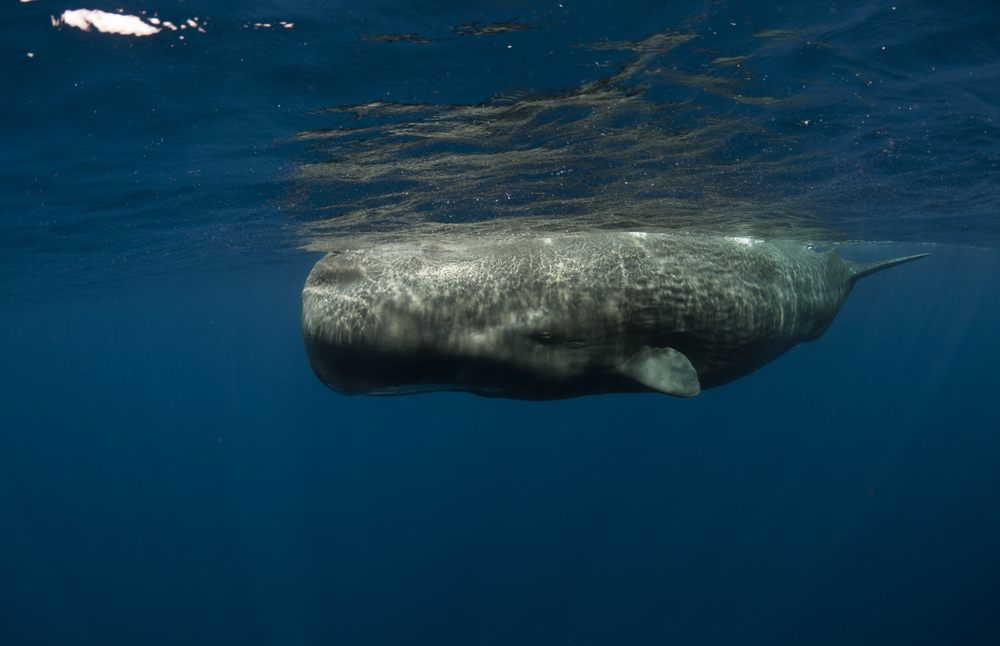
Ambergris derives from a sperm whale’s intestines. (Photo: Shane Gross/shutterstock.com)
Ambergris is, in fact, most likely passed by the living whale, or the last byproduct of the dead whale, floating up from its eaten carcass. Ambergris cut from whales is black and tar-like, with a strong fecal smell. The longer it is in the ocean, the paler, smoother and more fragrant it becomes, shaped by the smells of the sea. The most valuable ambergris is light grey and lightweight, and may be peppered with the black beaks of squids, like so many little sesame seeds.
Stories of people going to almost unbelievable lengths to obtain ambergris are numerous. Kemp’s favorite tale is that of “a Tasmanian fisherman who supposedly—on finding a whale carcass on the shoreline in 1891—cut a hole in its neck just large enough to fit into, and then crawled into the whale, squirming through its cold intestines in search of a boulder of ambergris that was lodged there.” In New Zealand, packs of secretive ambergris hunters roam the beaches, picking up every rock, carcass and piece of debris that they see. “I tell people they’ve got to sniff a lot of dog droppings before they find a bit of ambergris,” one man told Kemp in 2010.
These beachcombers are also known for fighting over turf and eschewing outsiders. Many would not even speak to Kemp when he was researching his book. “These people have their own language and taxonomies, and I love the idea that they’re out there trying to find this strange stuff, which, after all, was shit out by a whale, and then weathered for years by the elements. Nothing beats the randomness of that.”
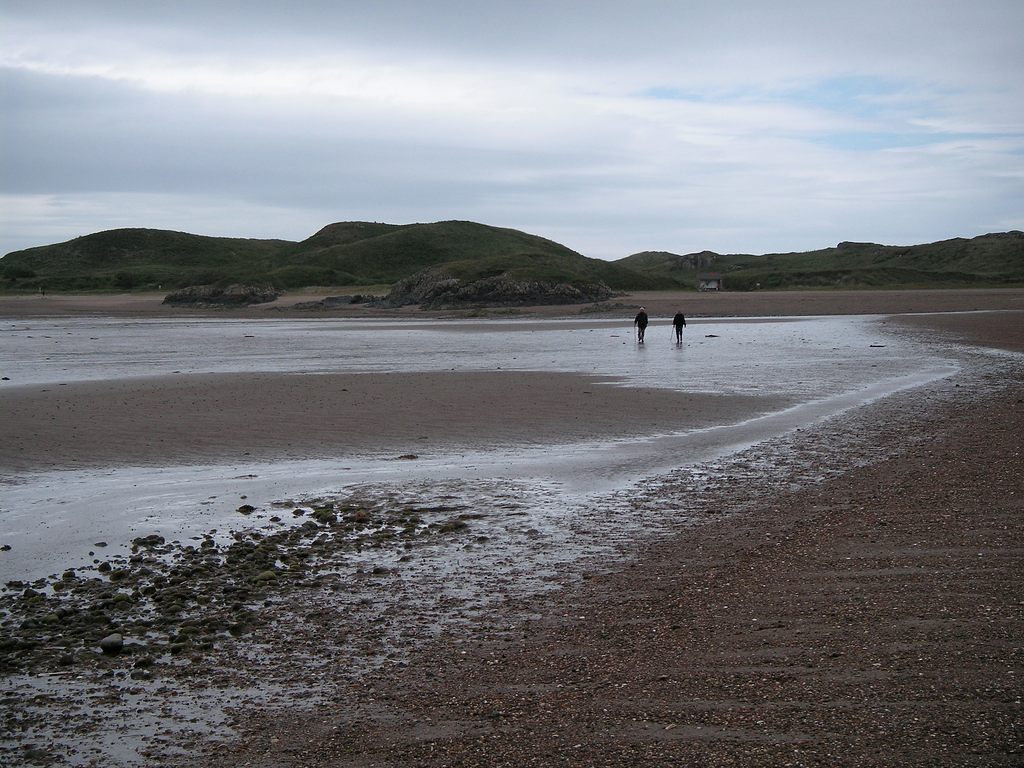
Ambergris found at a beach in Anglesey, Wales, sold for £11,000. (Photo: Matt Gibson/CC BY 2.0)
It’s hard to blame them when the payday is so enormous. The biggest boulder of ambergris, weighing in at 926 pounds, was discovered in Antarctica in 1953, but even small chunks can be worth thousands of dollars. In September 2015, a 2.4-pound chunk of ambergris found on a beach in Anglesey, Wales, sold for £11,000.
So what is it like to encounter this mythical substance? “Before you’ve seen it, you walk along the beach thinking that anything you see might be ambergris,” Kemp says. “When you finally hold a piece of it, and smell its strange bouquet of old wood, and earth, and compost and dung, and wide open places, you understand that none of the other things you’d suspected were ambergris were anything like it.”
“My first impressions of the scent were that it was slightly waxy, vaguely marine, sweet, and a teeny tiny bit fecal,” recalls Saskia Wilson-Brown of the Institute for Art and Olfaction. “It was a bit of a let-down, to be honest—it didn’t match the hype. But it’s a lot better on the skin, I learned. The smell, on the skin, is both subtle and somehow radiant. It smells how warm skin feels. It’s remarkable, and it’s sheer and it’s uber sexy.”
During the first half of the 20th century, as mass production of perfume exploded and fragrances like Chanel No. 5 revolutionized the industry, the search for a synthetic substitute for rare ambergris heated up. Ambergris makes other notes in perfume shimmer and shine, and is used in minute quantities in many legendary perfumes of the past century. In the late 1940s, Swiss chemist Max Atoll transformed the industry when he created “ambrox,” a synthetic ambergris. Other synthetic ambergris soon followed.

As perfume started to be mass produced, manufacturers sought a synthetic alternative to ambergris. (Photo: krheesy/CC BY 2.0)
The perfume community is divided over whether synthetic ambergris passes the smell test.
Wilson-Brown works with synthetics extensively and believes that synthetics such as cetalox and ambrox “are as beautiful as the real deal, in their own way, and they smell fantastic on the skin.” But not everyone is so enthusiastic. “It’s like watching a Beatles cover band instead of the real thing,” Kemp says. “It gets close but lacks something indefinably important. There’s a part of my reptile brain that isn’t convinced by it.”
There is also controversy over who exactly is still purchasing ambergris for such outlandish sums. There is a thriving black market, but it also continues to be sold by more traditional dealers. However, these dealers are a tight lipped bunch and refuse to reveal just who their customers are.
“I have no idea where most of the ambergris goes,” Kemp says. “It costs $10,000 a pound. And people are willing to spend that much money on it. But then it disappears again. For the most part, I think it’s still mostly used in fragrances, but it’s also burned in religious ceremonies and probably eaten in Asia, as a sort of herbal remedy.” Based on his conversations with French trader Bernard Perrin, Kemp believes that many major perfume houses, including Chanel, still purchase real ambergris. Wilson-Brown disagrees. “I sincerely doubt many people use real ambergris—let alone perfume houses! The supply chain is too unreliable for the big guys to rely on it.”
And so, the story of ambergris continues—elusive, confounding and complicated. “I became totally obsessed by ambergris,” Kemp says. “Who wouldn’t be? Anytime I’m by the ocean, I’m always struck by how much we don’t know about it and the secrets it keeps. More people have walked on the surface of the moon than the bottom of the deepest parts of the ocean. I still search for it anytime I can.”








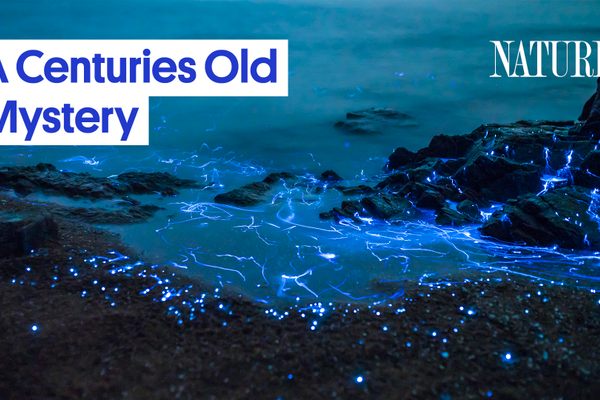










Follow us on Twitter to get the latest on the world's hidden wonders.
Like us on Facebook to get the latest on the world's hidden wonders.
Follow us on Twitter Like us on Facebook